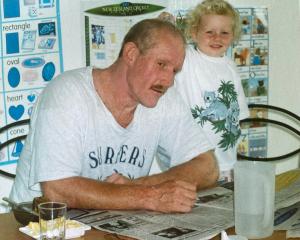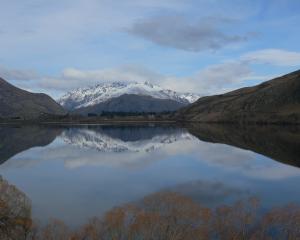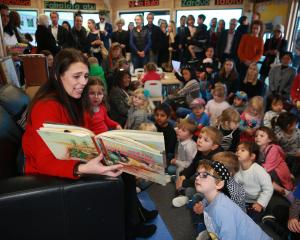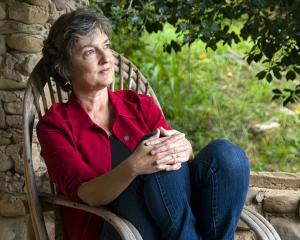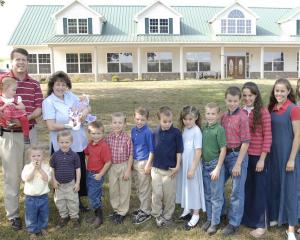It was a hot, sticky, Sunday afternoon and I was mucking around in the church garden with my brothers and sisters, passing the time until my father finally finished speaking to his parishioners. Soon, our game of stuck-in-the-mud began to pall, and we looked around for other diversions. There, at the edge of the glen stood a towering oak, its branches reaching enticingly towards us. ‘‘I dare you to climb it,’’ said my younger brother, grinning slyly. Never one to pass up on a dare, I carelessly threw aside my good church shoes and shinnied up the tree.

The view was glorious. There was my father’s bald head, glistening in the sunshine as he emphatically addressed his flock. There were my little siblings, gazing up at me in awe. I was the queen of the world. However, there still remained the problem of getting down. To my 8-year-old self, jumping seemed much more time-efficient than clambering awkwardly down the mossy trunk. I perched on the lowest branch and flung myself out of the tree, hurtling towards the earth with the velocity of a small meteorite. Then came the sickening crack as I landed, my right arm giving way beneath me.
I grew up stumbling and crashing my way through a muddy, chaotic world. My parents seemed relatively unconcerned with our safety, and we were given the freedom to play outside, in the bush, on the streets, and on the farm to our heart’s content. I’ve broken at least seven bones, required multiple surgeries and sustained umpteen cuts and bruises during the course of my childhood. But I wouldn’t change it for the world. It seems however, that my childhood is an anomaly in today’s world. Work and Safety guidelines combined with ‘‘responsible’’ parents worried about little Jimmy’s bruised knee have immobilised childhood, rendering it risk-free, bland and boring.
The phrase ‘‘the world is more dangerous now’’ is often quoted as justification for the increased safety precautions and mollycoddling going on these days. But is this really true? ‘‘Never talk to strangers’’ was drilled into me as a child, and yet most evidence indicates that children have a very slim chance of being abducted by a stranger. It’s infinitely more likely that the abuser or kidnapper will be someone the child is related to. This obsession over children’s safety seems to stem from the belief that children are too delicate or unintelligent to assess risks. Indeed, certain theorists argue that if children can’t explore their need for sensation and risk in some socially acceptable way, some will turn to more reckless behaviour. Prof Ellen Sandseter, an expert in early-childhood education at Queen Maud University notes that children ‘‘love to walk off alone and go exploring away from the eyes of adults’’. They ‘‘experience a feeling of risk and danger of getting lost’’ when ‘‘given the opportunity to ‘cruise’ on their own exploring unknown areas; still, they have an urge to do it’’.
Playgrounds generally are now boring, slow-paced and sterile places. I was hearted to hear about Swanson Primary School in Auckland, which has suspended all playground rules, allowing pupils to run at full pelt, climb trees, roll down muddy hills and jump off swings. When this experiment began in 2011, teachers feared anarchy and lawlessness, but actually found bad behaviour and bullying decreased. Apparently the children were too busy smearing mud over each other and capering over the school-yard to cause trouble. Why would a child bother kicking up a fuss in the classroom out of mere boredom if they had expended all their energy balancing on a high fence at morning-tea time?
Obviously, there is a significant difference between avoiding major hazards and wrapping your child in cotton wool. The ‘‘perfect’’ environment for children is impossible to achieve, and to believe otherwise is a harmful delusion. Children don’t need to be sheltered from all risks of injury. In the real world, life is full of risk. Encourage them to explore their boundaries and to take reasonable risks. Let your child climb that tree, cycle on the road, or go out camping with his or her friends. Your child may return home muddy and bruised, but they will be better prepared for the real world.
- Jean Balchin is an English student at the University of Otago


